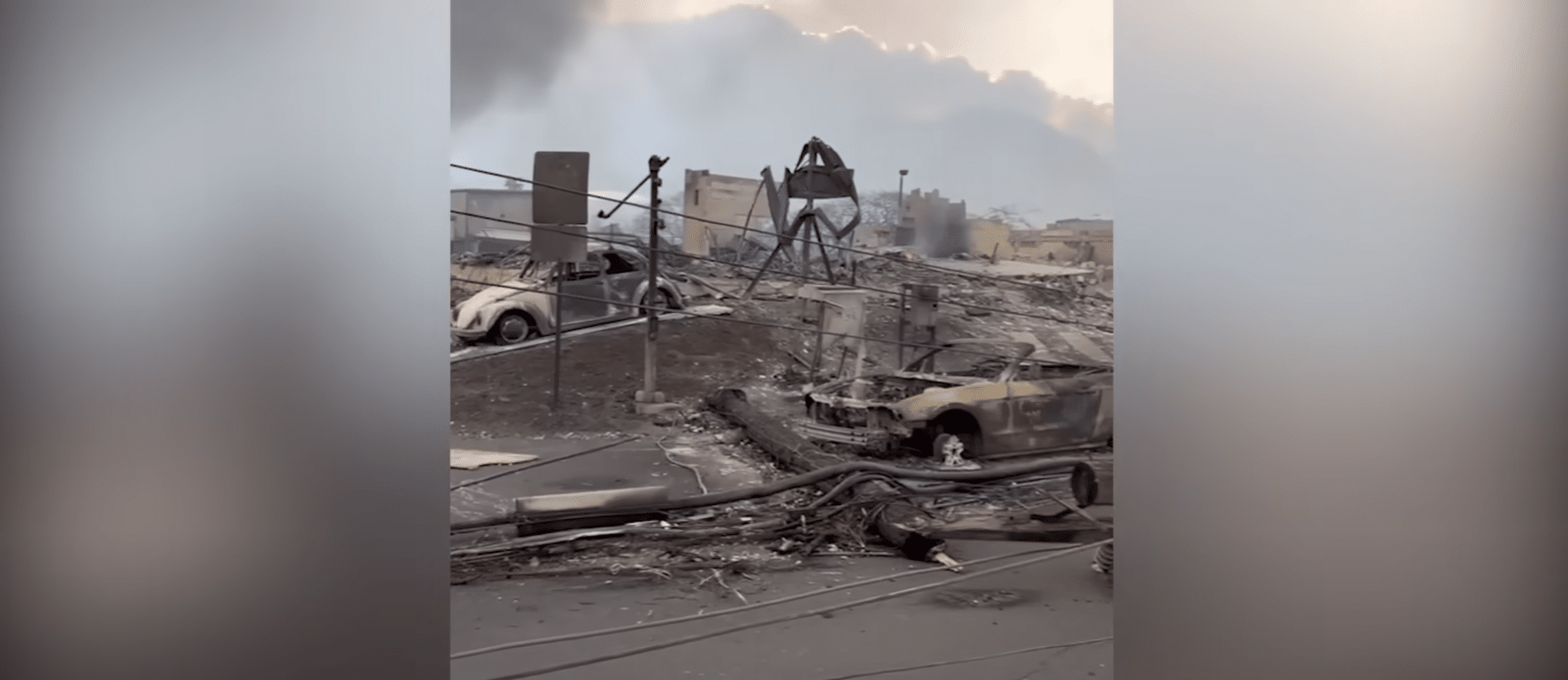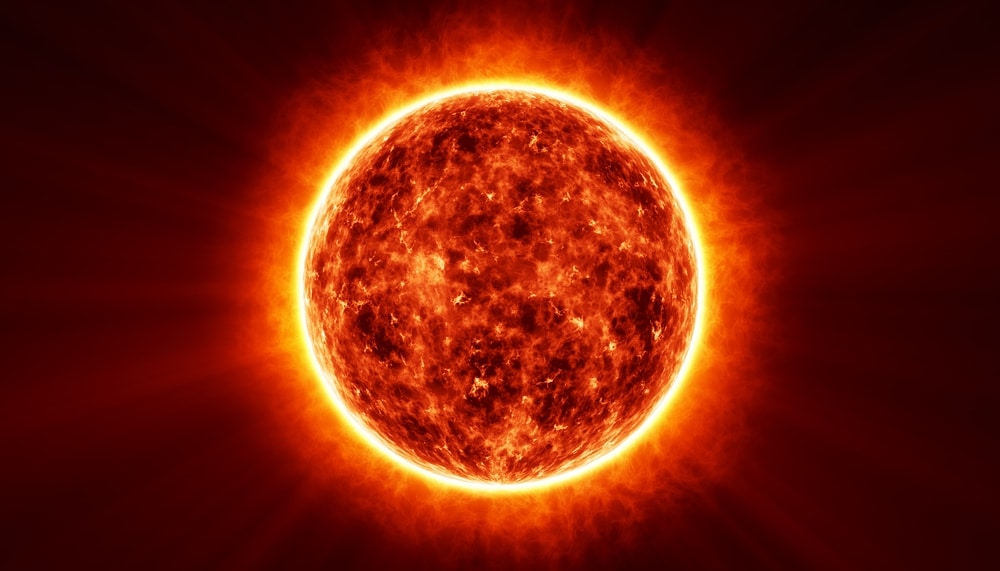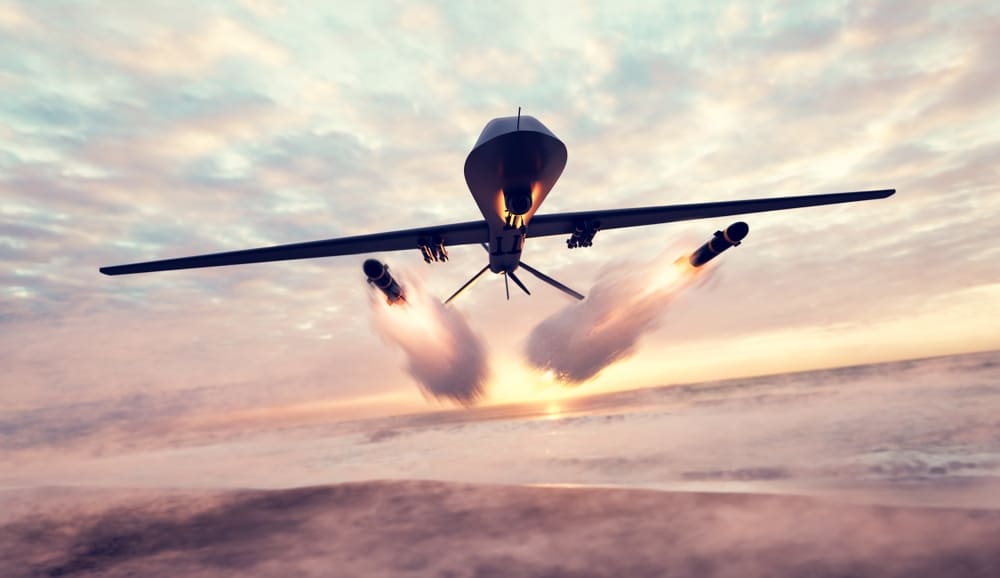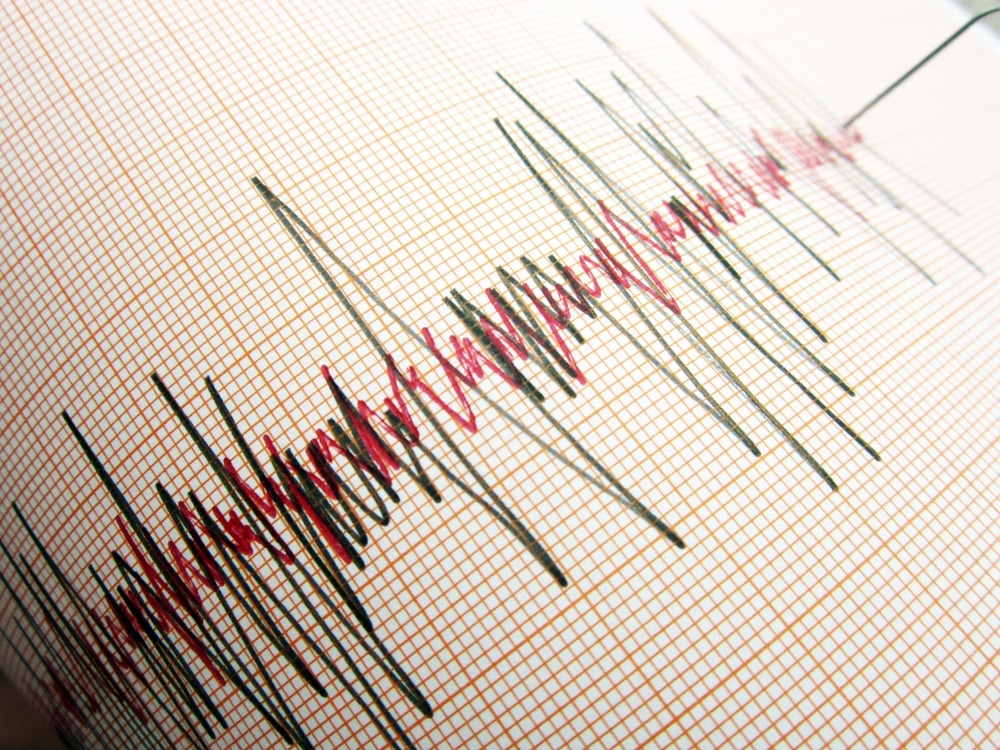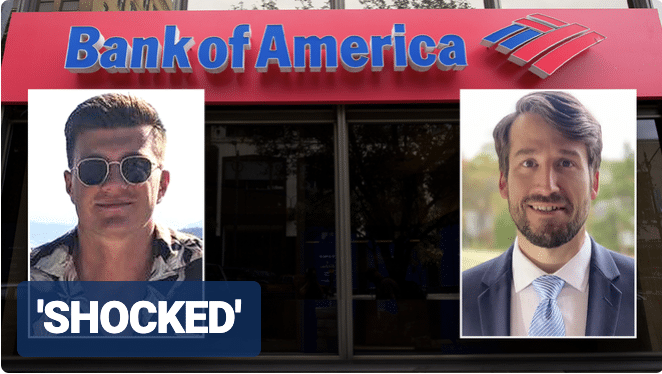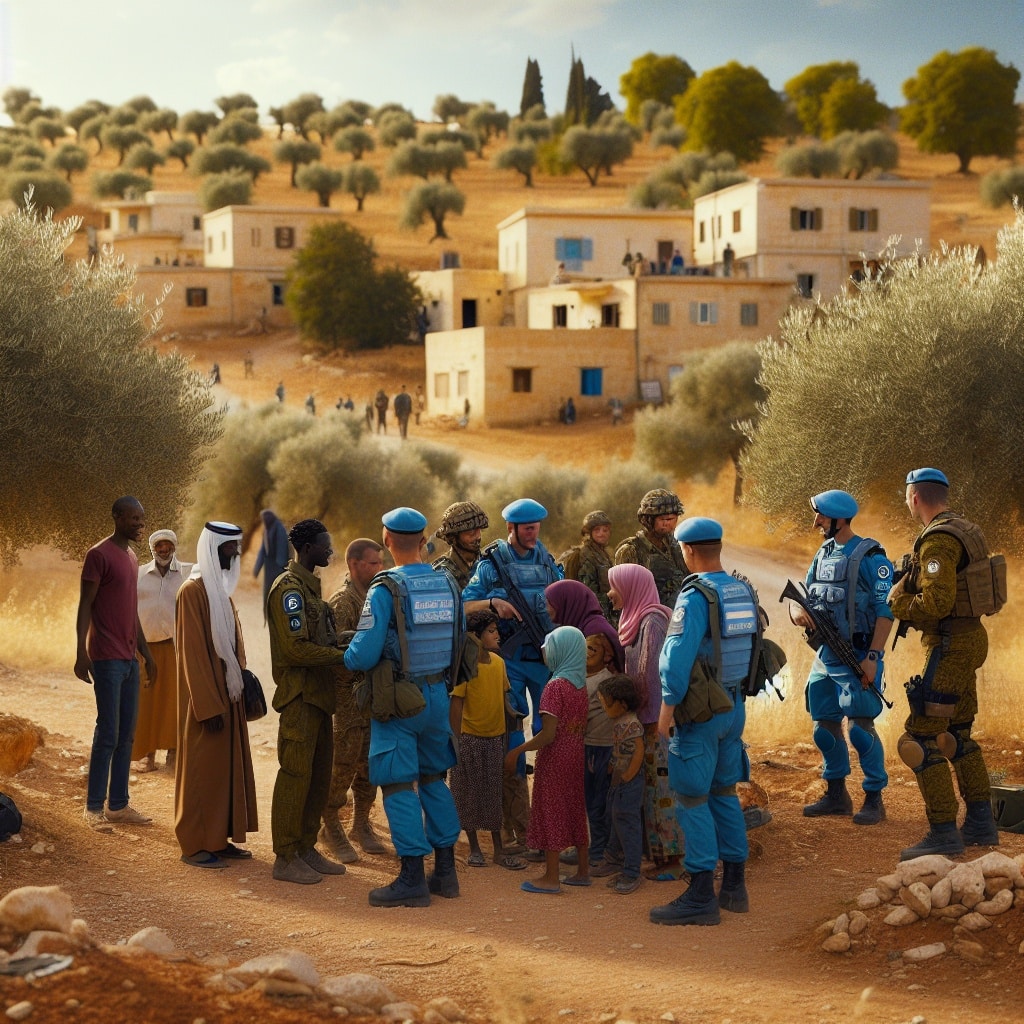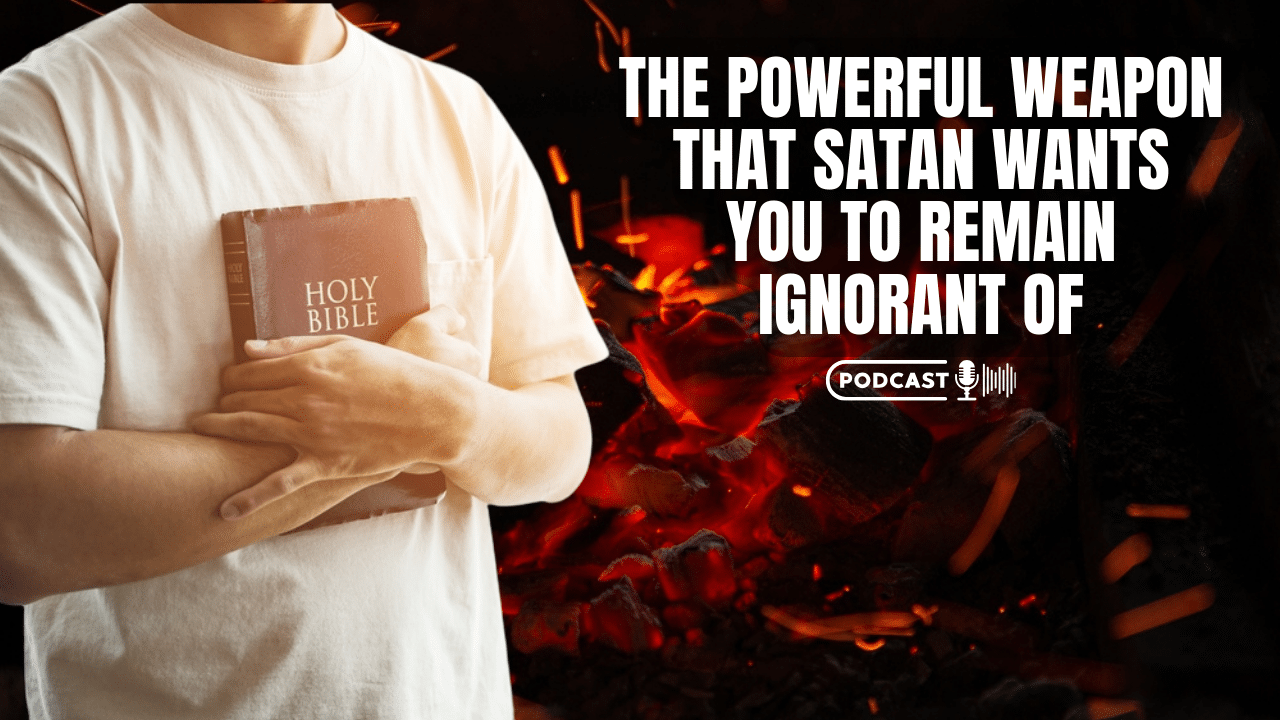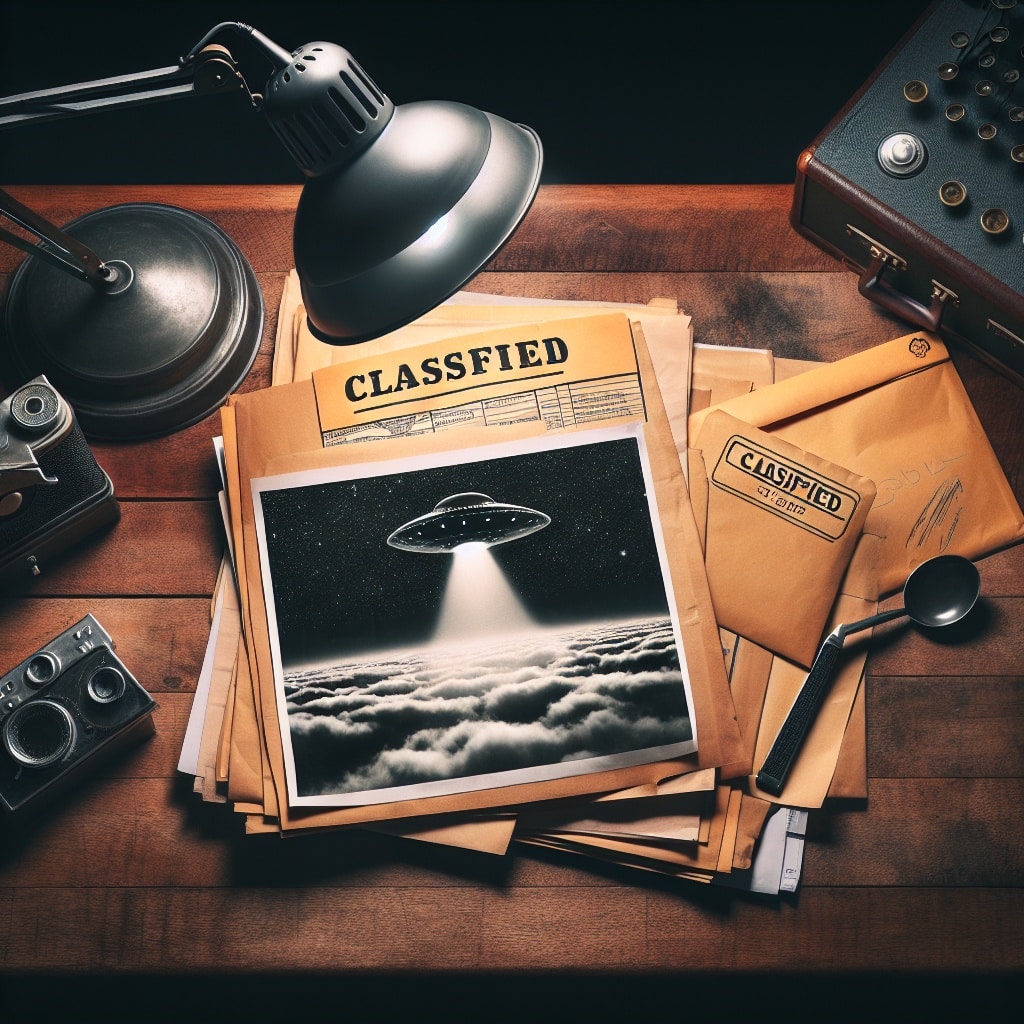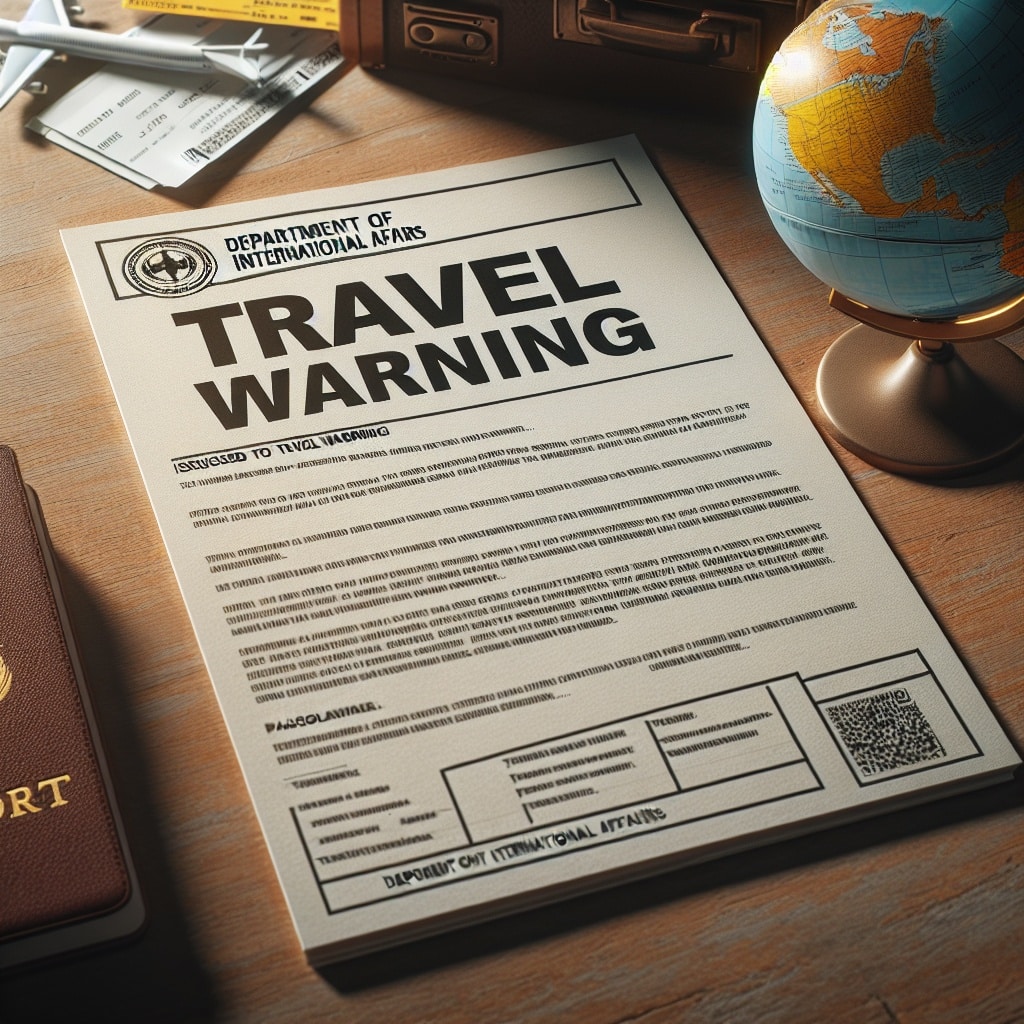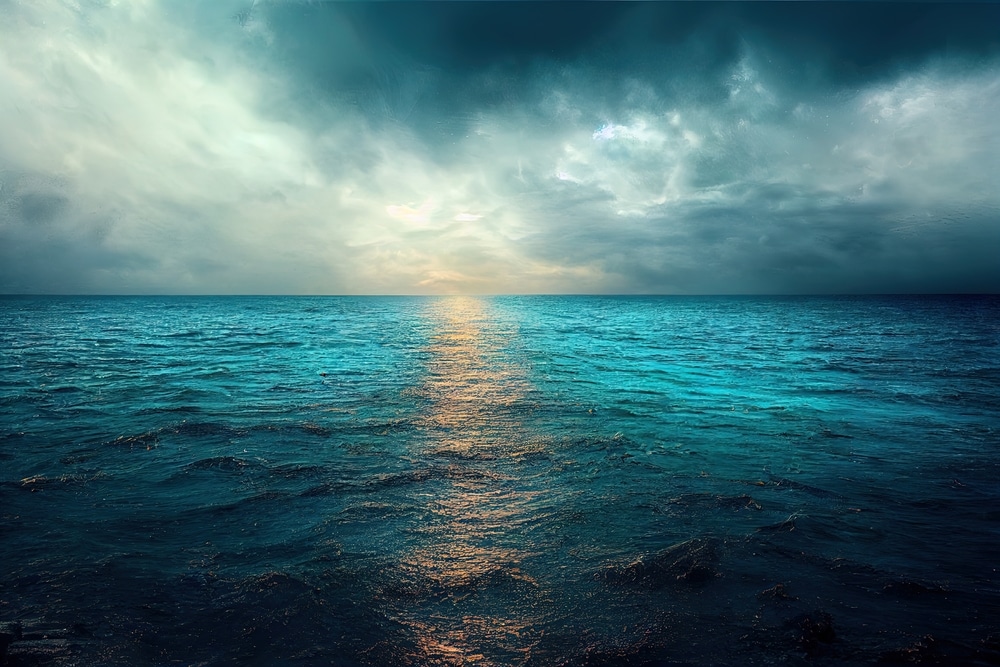Survivors witnessed a surreal landscape of flattened homes, blackened hulks of burned-out cars, and ashy lots where buildings once stood as they took stock of their shattered lives in the aftermath of a fast-paced wildfire on the Hawaii island of Maui that authorities say killed at least 80 people.
Anthony Garcia assessed the devastation as he stood under Lahaina’s iconic banyan tree, now charred, and swept twisted branches into neat piles next to another heap filled with dead animals: cats, roosters, and other birds killed by the smoke and flames. Somehow it made sense in a world turned upside-down.
“If I don’t do something, I’ll go nuts,” said Garcia, who lost everything he owned. “I’m losing my faith in God.” Garcia and other residents were faced with catastrophic destruction resulting from the wildfires that tore through parts of Maui this week and were still not fully contained Friday night.
Maui County raised the number of confirmed deaths to 80 in a 9 p.m. statement Friday. Gov. Josh Green had warned the death toll would likely rise as search and rescue operations continue. Authorities set a curfew from 10 p.m. until 6 a.m. Saturday.
“The recovery’s going to be extraordinarily complicated, but we do want people to get back to their homes and just do what they can to assess safely, because it’s pretty dangerous,” Green told Hawaii News Now.
Cadaver-sniffing dogs were deployed to search for the dead, Maui County Mayor Richard Bissen Jr. said. A new wildfire Friday evening triggered the evacuation of Kaanapali in West Maui, a community northeast of the area that burned earlier, but crews were able to extinguish the fire before 8:30 p.m., authorities said.
According to the Daily Mail, there are still over 1,500 still unaccounted for – as questions mount about whether the islands underestimated the risk.
Maui County government confirmed that 80 people were now known to have perished in the worst natural disaster to hit Hawaii since it became a state.
The death toll is expected to rise significantly in the coming days, as the mayor of Maui, Richard Bissen Jr., said they have not yet begun searching inside buildings.
It has now emerged that a report last year on emergency preparations placed the risk of wildfires as low – well below that of earthquakes, tsunamis, volcanoes and hurricanes.
Prior to the wildfires, the most devastating natural disaster in the state’s history was a 1960 tsunami that struck Hilo Bay killing 67 people. The wave was created following a 9.5 earthquake in Chile.
Asked by Wolf Blitzer whether they were complacent, Josh Green, Hawaii’s governor, insisted that the fire was unprecedented and impossible to predict.
‘We do have wildfires every year. But we’ve always been able to contain them,’ he said. ‘Whether the factors were different this year? ‘I’ve been in Hawaii 24 years and never seen the convergence of a hurricane and a wildfire anywhere near our towns. These things do occur, but that was in a rural area with grass.’
Green defended the efforts of his team. ‘We do what we can with the resources we have, far from the mainland,’ he added. ‘This is the first time we’ve ever seen anything like this.’
The February 2022 report, entitled ‘State of Hawaii Comprehensive Emergency Management Plan – Base Plan’, detailed potential threats to those living on the island.
The plan ‘describes and establishes the organizational framework the state will use to document and socialize the many strategic, operational, and tactical emergency management plans, policies, and procedures that make up the State Comprehensive Emergency Management Program.’
The authors claim: ‘Through the execution of this document, state emergency management activities will increase in effectivity, to the benefit of all public and private entities as well as state residents and visitors.’

